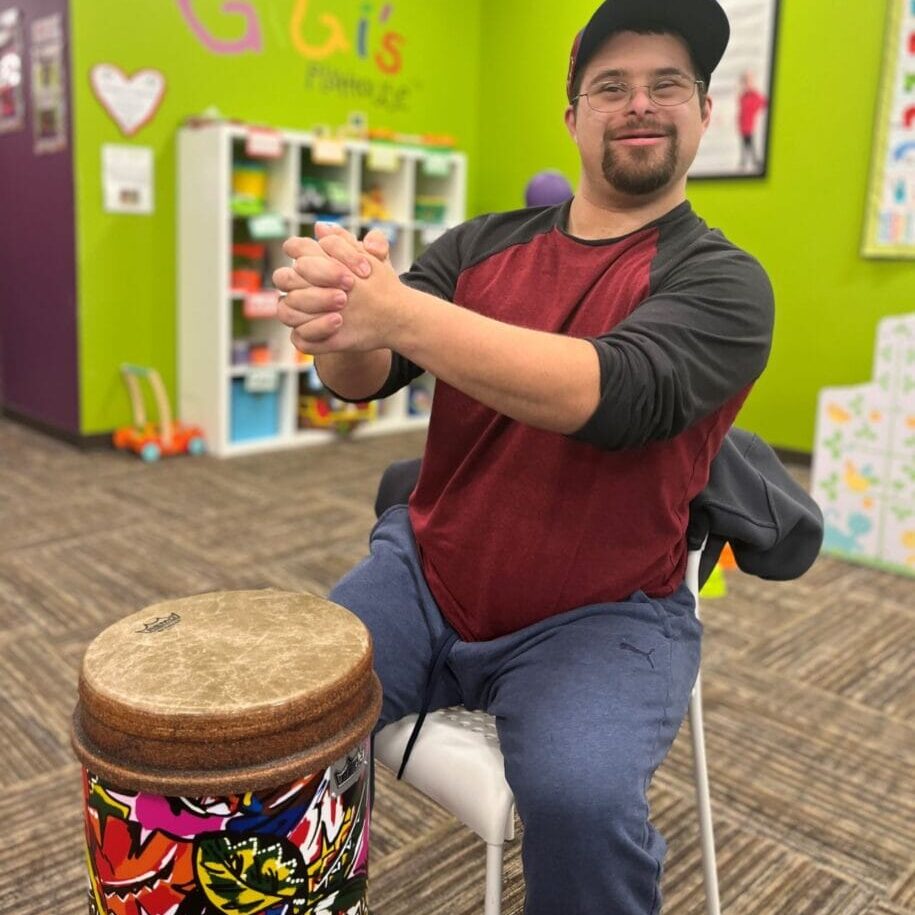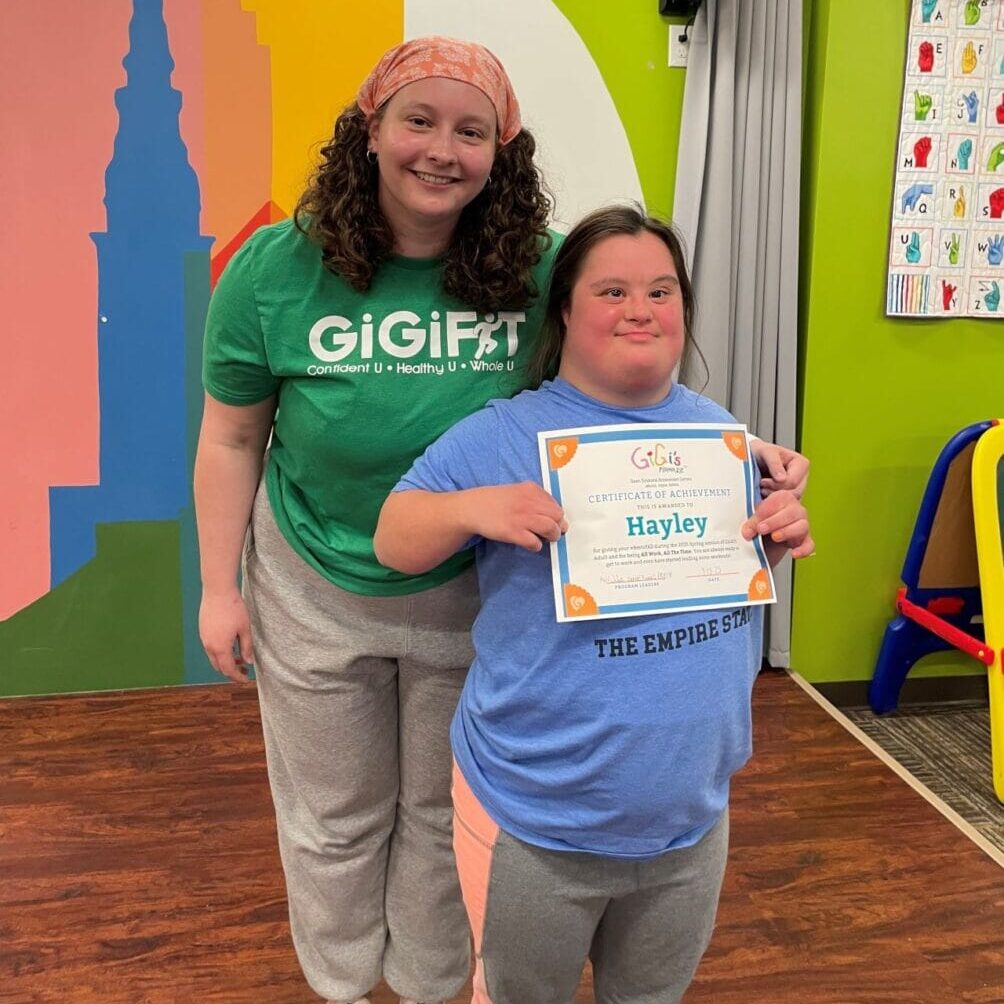The Power of Inclusion: Why Inclusive Education Benefits Everyone
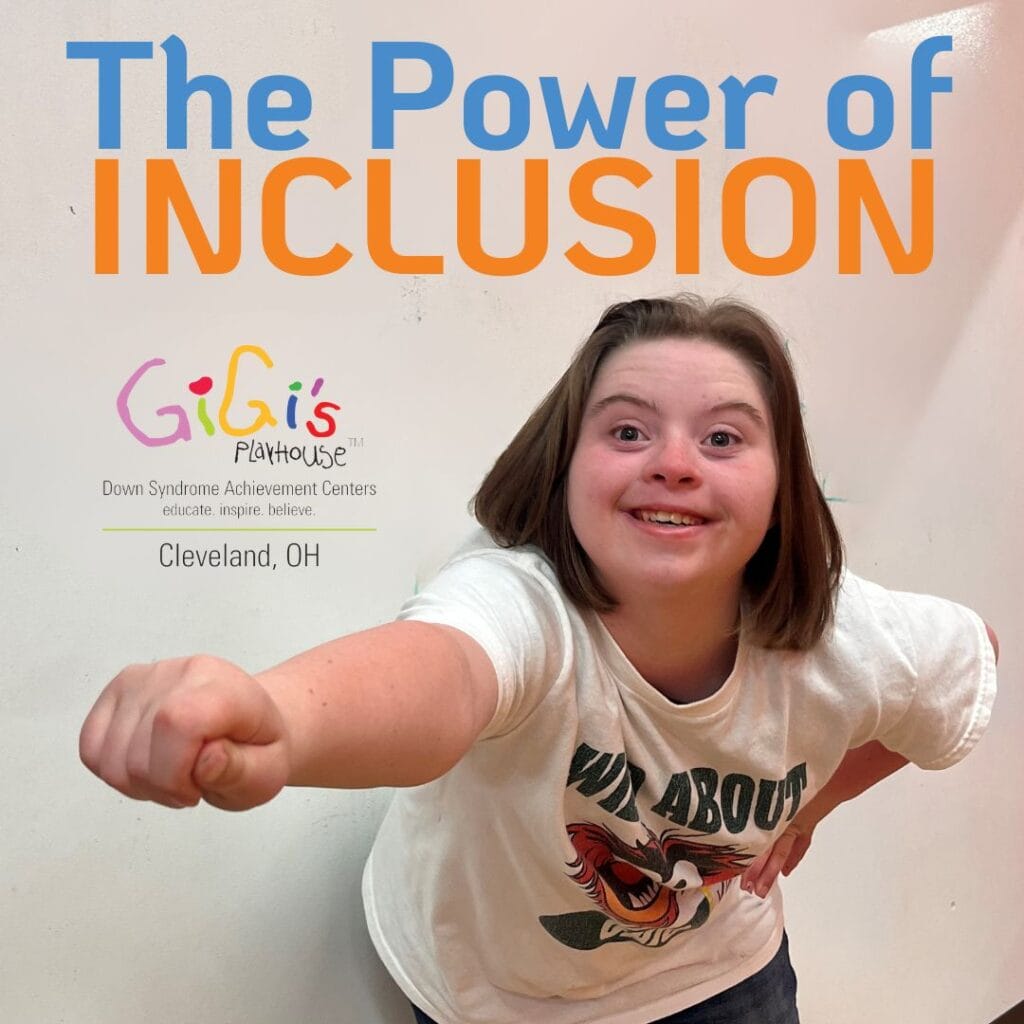
Inclusion in schools isn’t just a buzzword—it’s a movement toward equity, acceptance, and success for all students. When children of all abilities learn side by side, they grow academically, socially, and emotionally in ways that enrich their lives far beyond the classroom. Why is inclusive education so important, and what resources can help educators, parents, and students foster more inclusive environments? Let’s dive in.
.
Why Inclusion Matters
Academic Benefits for All Students: Studies show that students with disabilities who learn in inclusive classrooms perform better academically than those in segregated settings. Their neurotypical peers also develop stronger problem-solving skills, empathy, and collaboration techniques—essential skills for lifelong success. Inclusive education promotes differentiated instruction, benefiting various learning styles and enhancing overall student engagement.
Social and Emotional Growth: Inclusive classrooms encourage friendships and social development by breaking down barriers between students with and without disabilities. When children learn together, they develop mutual respect, understanding, and a sense of belonging. Social inclusion helps reduce bullying and increases confidence in students with disabilities by allowing them to participate meaningfully in classroom activities.
Preparation for the Real World: In the real world, people of all abilities work, live, and contribute together. Inclusive education helps students develop an appreciation for diversity, preparing them for the workplace and broader society. Exposure to a diverse learning environment fosters adaptability and strengthens interpersonal skills crucial for future success.
Stronger School Communities: Schools that prioritize inclusion see higher engagement from families and educators, leading to a more supportive and collaborative environment. When every child feels valued, the entire school community thrives. Inclusive schools also experience higher teacher retention rates, as educators develop deeper connections with students and find greater fulfillment in their roles.
How to Advocate for Inclusion in Schools
Encourage Professional Development: Teachers should have access to training that equips them to support diverse learners. Schools can organize workshops on differentiated instruction, sensory-friendly classrooms, and communication techniques to help educators become more inclusive. Organizations like The National Center for Special Education Research offer evidence-based training materials.
.
Partner With Parents: Families play a crucial role in advocating for inclusive education policies and ensuring their children receive the support they need. Schools should host parent forums, provide IEP workshops, and create open lines of communication between parents and educators to foster a collaborative approach.
Utilize Individualized Education Plans (IEPs) and 504 Plans: These tools ensure students with disabilities receive the necessary accommodations to succeed. Educators should work closely with specialists to implement these plans effectively. For example, a child with dyslexia may benefit from audiobooks, while a student with ADHD might need additional breaks, or our friends with Down syndrome might need alternative seating options due to their experience with hypotonia.
Foster a Culture of Respect: Encourage discussions about disability, inclusion, and acceptance in classrooms and school-wide initiatives. Schools can introduce peer mentoring programs, inclusion-themed reading lists, and school-wide diversity days to build awareness and promote a culture of belonging.
Leverage Technology for Accessibility: Assistive technology tools, such as speech-to-text software, audiobooks, visual schedules, and communication devices, help students with disabilities access curriculum content more effectively. For example, Bookshare provides free digital books for students with print disabilities.
Implement Universal Design for Learning (UDL) Principles: UDL encourages schools to offer multiple ways of learning, such as hands-on activities, visual aids, and alternative assessments to meet diverse learning needs. Schools can provide flexible seating arrangements, captioned videos, and collaborative group projects to accommodate different learning styles.
Things to Consider: Understanding Least Restrictive Environments (LRE)
The Least Restrictive Environment (LRE) is a key principle in inclusive education, but what it looks like can vary greatly from student to student. While some students thrive in a fully inclusive setting, others may benefit from additional support outside the general education classroom. Here are some important considerations:
Full Inclusion vs. Partial Inclusion: Some students may benefit from being fully integrated into general education classrooms with appropriate supports, while others may need targeted instruction in smaller groups to address specific learning needs. For example, a student with autism who excels academically but struggles with sensory overload might benefit from scheduled quiet breaks outside the classroom while still participating in core subjects alongside their peers.
When and Why Pull-Out Services May Be Beneficial: For students who require speech therapy, occupational therapy, or specialized academic interventions, pull-out sessions can provide the individualized attention they need to succeed while still allowing for meaningful inclusion in other areas. A student with dyslexia, for instance, may benefit from a dedicated reading intervention outside the classroom while continuing to engage in general education discussions.
Flexible Learning Supports: Schools can implement co-teaching models, paraeducator support, assistive technology, and modified curriculum to meet students where they are while ensuring access to the general education experience.
Collaboration Between Educators and Specialists: Effective inclusion requires collaboration between general education teachers, special educators, therapists, and families to determine the best approach for each student. Regular team meetings and shared lesson planning can ensure consistency in support.
Behavioral and Social Support Strategies: Some students may need additional support in developing social or emotional skills. Schools can implement peer mentoring programs, social-emotional learning (SEL) curricula, and behavior intervention plans tailored to individual student needs.
Potential Challenges of Full Inclusion When It’s Not the Right Fit
While inclusion is a powerful tool, it’s important to recognize that a fully inclusive classroom may not always be the best fit for every student. When a student is placed in a setting that doesn’t meet their individual needs, they may experience:
Increased Frustration and Behavioral Challenges: If the pace or structure of the class doesn’t align with a student’s needs, they may act out due to stress, anxiety, or difficulty keeping up.
Falling Behind Academically: Without targeted support, some students may struggle to grasp new material, leading to gaps in learning and decreased confidence.
Feelings of Exclusion Rather Than Inclusion: If a student consistently struggles to keep up with peers, they may feel isolated or discouraged, which can impact their self-esteem and willingness to participate.
Missed Opportunities for Specialized Instruction: In some cases, a student may benefit from structured interventions or small-group instruction that isn’t available in a general education classroom.
Advocating for the Best Fit
Balancing inclusion with individualized support ensures that all students receive the best possible education tailored to their strengths and needs. Parents can advocate for their child’s needs by working closely with educators, participating in IEP (Individualized Education Program) meetings, and communicating openly about what is and isn’t working. By collaborating with teachers and specialists, parents can help design an educational plan that fosters both academic success and emotional well-being, ensuring their child thrives in the most supportive environment possible.
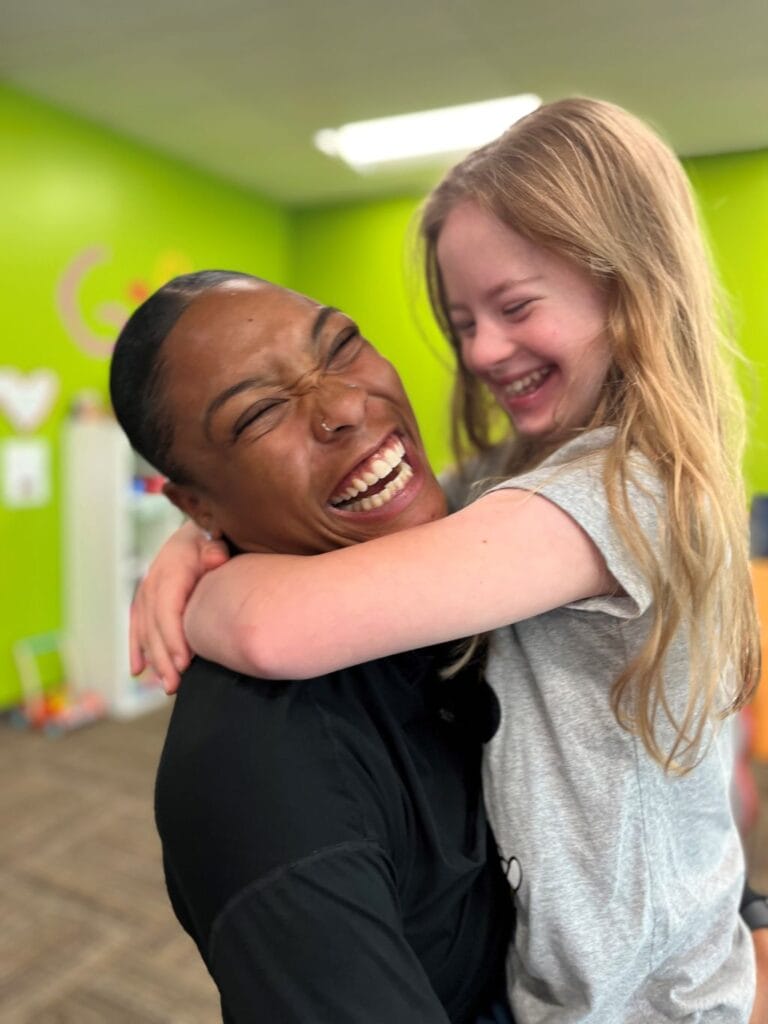

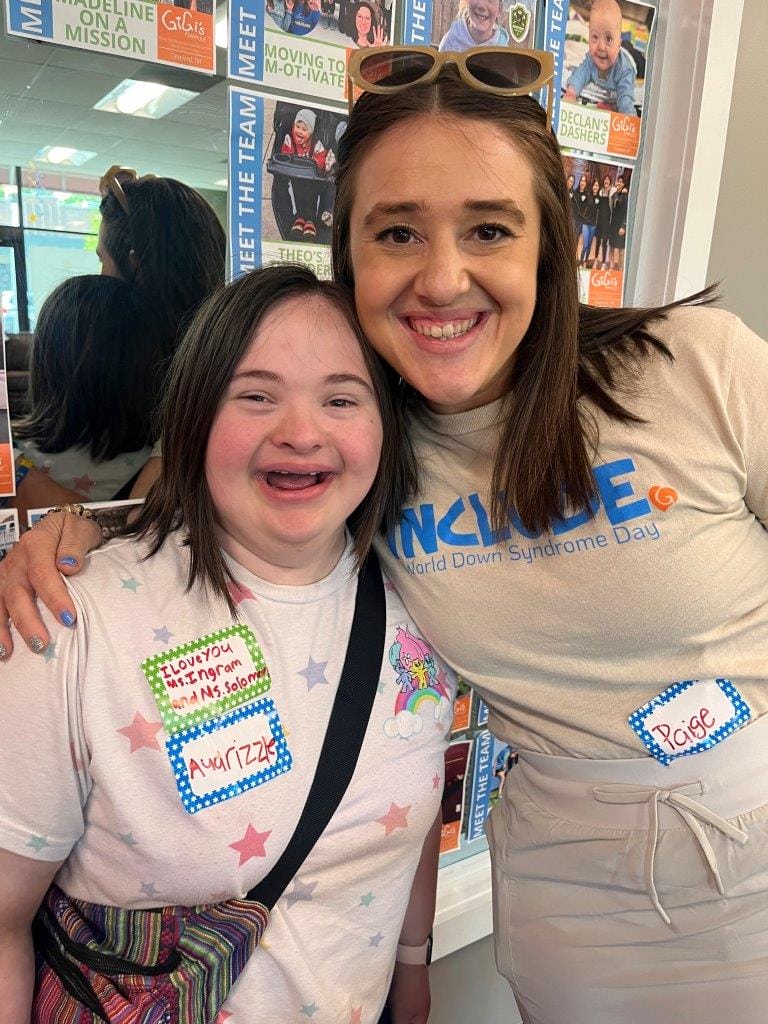
Resources
Printable Education Resources | National Down Syndrome Society (NDSS)
National Center for Learning Disabilities
Inclusive Schools Network | Supporting Inclusive Education
Until Learning Has No Limits|CAST
The National Center for Special Education Research (NCSER) | IES
Recent Posts
